Did Sponsoring Stadiums Bring New Crypto Traders, or Tourists?

Last November, at the height of the bull market, Crypto.com announced it had obtained the naming rights to the stadium that houses the National Basketball Association (NBA) team Los Angeles Lakers, and on Christmas Day 2021, the venue was renamed the Crypto.com arena.
Months prior, FTX won the rights to rename the American Airlines Arena, which houses the NBA's Miami Heat, to the FTX Arena.
But the question remains: Throughout the prolonged crypto winter, are the investments in stadium branding proving to be worthwhile? Are they leading to a new cohort of retail users?
Staying Sunny in Crypto Winter
While Los Angeles and Miami are known for their temperate climates throughout the year, the crypto market is anything but right now.
“During a bear market, retail users lose interest in crypto, and no amount of sponsorship can help change this view,” said CoinGecko co-founder and COO Bobby Ong.
Data provided by CryptoQuant shows that Crypto.com has struggled to maintain the spike in activity that the initial sponsorship announcement brought.
At the beginning of November 2021, there were just over 2,000 active addresses for Crypto.com’s Cronos (CRO), its exchange token. Tracking the number of CRO holders is important as it's a good proxy for the number of engaged traders, not those only putting in a few dollars, as exchange token holders get fee discounts on trades.
In the days following the sponsorship announcement, the number of active addresses spiked to almost 10,000.
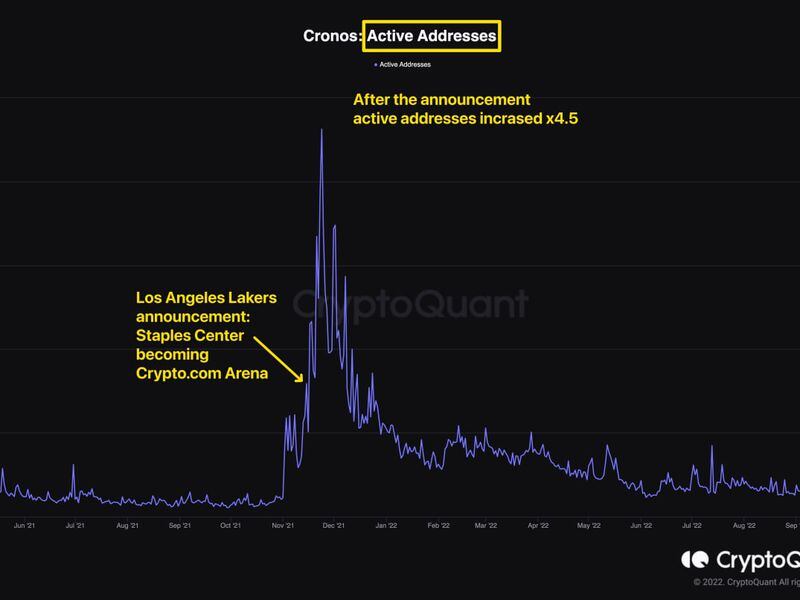
“The number of active addresses for CRO increased 4.5x after the announcement,” Burak Tamac, a senior researcher at CryptoQuant, told CoinDesk. “There was also a transaction count increase that coincided with the number of active addresses.”
But following that, the number of active addresses sank back to Earth.
News that the exchange was sponsoring the Formula 1, UEFA Champions League, and World Cup didn’t boost active user numbers the same way the L.A. stadium sponsorship did, which led the exchange to look to start canceling its partnerships.
A report from the trade publication Ad Age says that the exchange continues to look for exits from its sponsorship deals while it cuts its headcount.
When asked about the data behind its sponsorship decision, Crypto.com provided a statement via email from Steven Kalifowitz, the firm’s chief marketing officer: “We have more than 50 million users worldwide, and we will continue to invest in our sports partnerships as they play a pivotal role in helping to accelerate the world's adoption of cryptocurrency."
FTX Follows a Similar Pattern
Some might say that the bump in CRO’s active users is coincidental, as it coincides with 2020’s bull market hysteria.
But Tamac points to FTX’s sponsorship of the Miami Heat Arena and the subsequent jump in FTT token active addresses when the deal was announced in April 2021 — in what was an otherwise boring crypto market, as month-on-month bitcoin only gained about 2% — as proof of a trend.
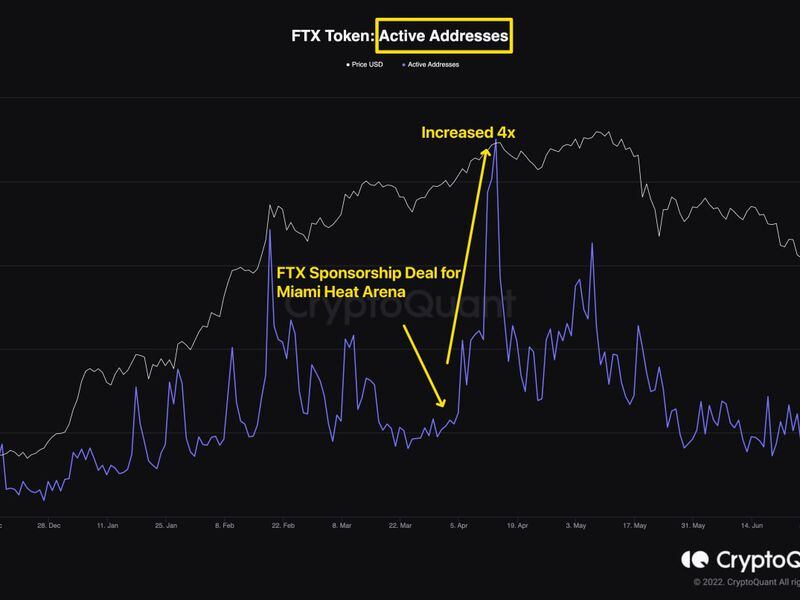
FTX didn’t respond to a request for comment.
Does this Cohort Continue to Trade?
CryptoQuant’s Tamac said it would be tough to get data on specific cohorts of users just by looking at on-chain data.
At the time, crypto trading apps were making their way into the top charts of the Apple App Store, alongside trading platforms like Robinhood and Webull. This was the meme stock era, after all, and the action was on mobile.
Data from mobile app insights firm Data.ai (formerly App Annie) shows that Crypto.com’s app didn’t have sustained interest.
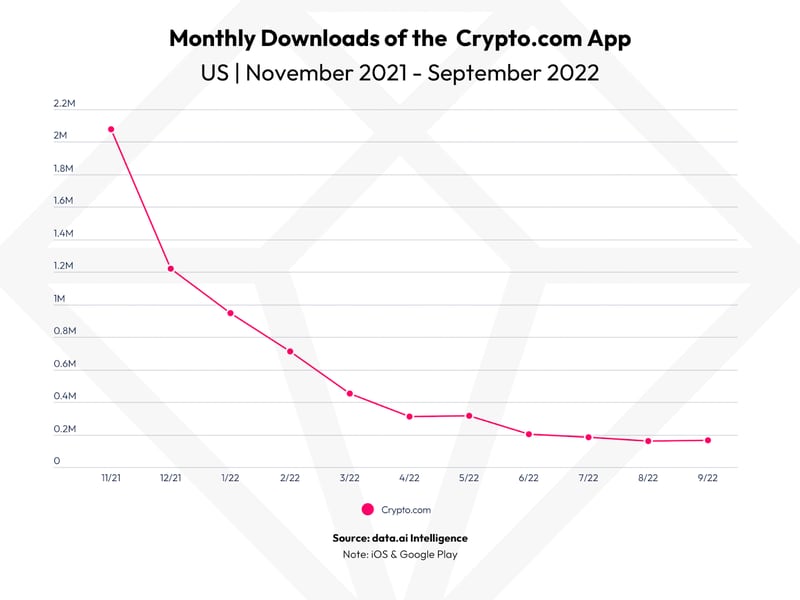
Data.ai’s Head of Insights Lexi Sydow pointed to a 122% month-over-month increase in mobile app downloads in October 2021 and another 67% month-over-month increase in November 2021 as proof that the sponsorship deal “caught the attention of consumers.”
But, like the active user count of the CRO and FTT tokens, both quickly fell.
“Crypto sports sponsorships are useful to gain the attention of retail users during a bull market, when crypto prices are rising,” adds CoinGecko’s Ong.
“Crypto exchanges were in a rush to ink such brand sponsorships to be top of mind and the first brand that retail users sign up when searching for a crypto exchange.”
Binance Shied Away From High-Profile Sponsorships
Binance, by far, is the world’s largest crypto exchange, dominating its rivals by a large margin. Its CEO, Changpeng ‘CZ’ Zhao, is worth nearly $100 billion (excluding crypto holdings), and the company is known to be cash rich.
So the exchange might be a perfect candidate for high-profile sponsorships, but CZ has said no.
While Binance has sponsored some Brazillian soccer teams and the African Cup of Nations tournament, both are fairly low profile in comparison to what others have sponsored with the $2.4 billion price tag.
“It was not easy saying no to Super Bowl ads, stadium naming rights, and large sponsor deals a few months ago, but we did,” CZ tweeted in June, at the depths of this year’s crypto crash, highlighting that Binance was hiring for 2,000 positions.
If there’s any consolation for Crypto.com, it might be found in its mobile app ranking.
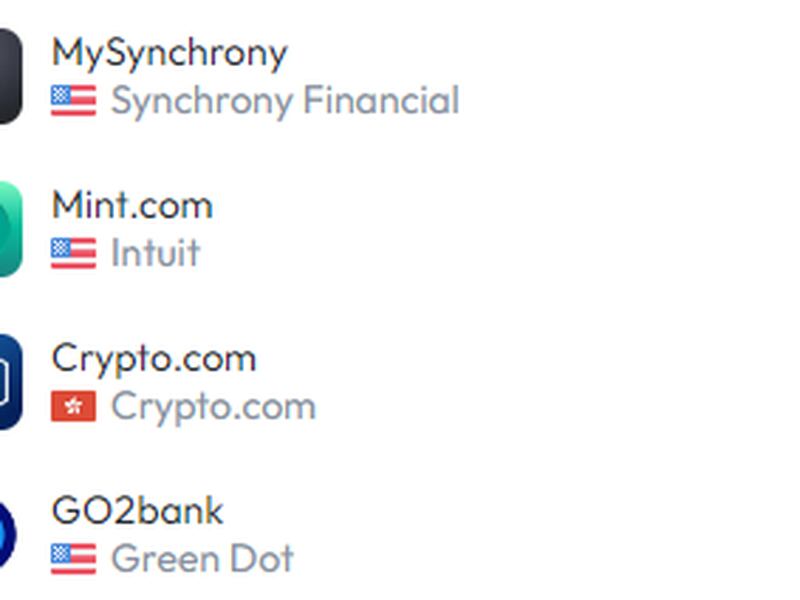
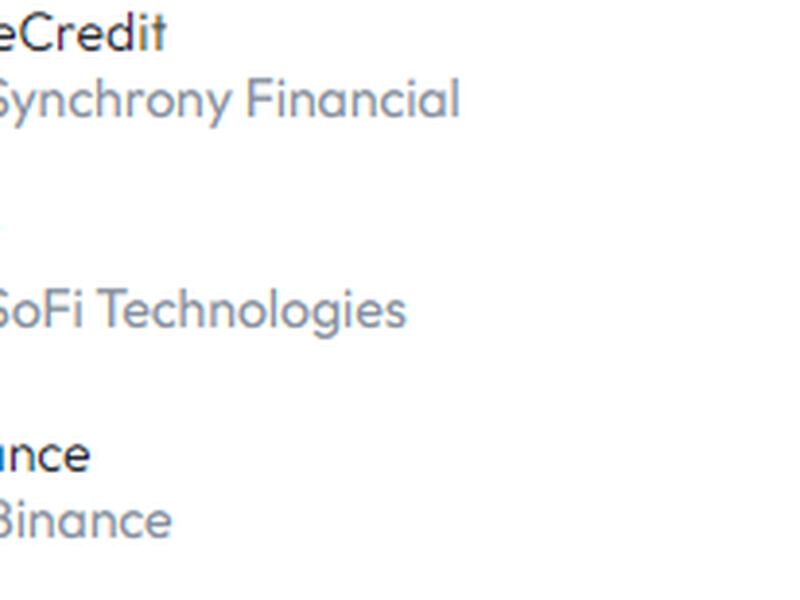
While the crypto winter has forced most crypto apps from the top-ranking lists of app stores, Crypto.com’s app ranks as the #47 most-downloaded mobile phone app for September 2022, while Binance is #61 (just behind TradFi’s SoFi, which also sponsored a stadium).
All this as Binance pushes around $5 billion in spot volume per day, according to CoinGecko, while Crypto.com does $233 million.
Perhaps stadium sponsorship does have an effect, though ever so small.








